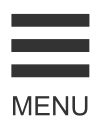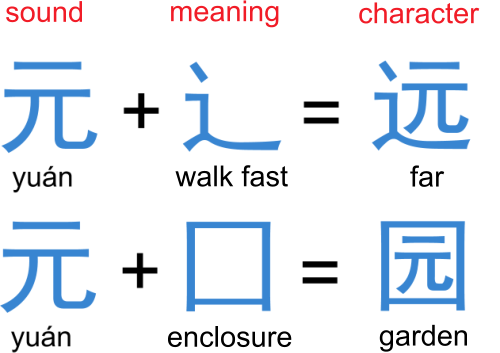Warning: file_put_contents(./cache/3.txt): failed to open stream: Permission denied in /data/clients/davidhoustin/chinese.gratis/www/method/index.php on line 275
The Chinese Characters - Lesson 03
Characters are used in the writing of Chinese language to write words. Before starting to learn some of them, it is necessary to initially take the time to understand their composition.
When you write a Chinese character, think that it is in a virtual square. In fact all Chinese characters can fit in a square.


Simplified and Traditional
There are two kind of characters used in China, the simplified characters and the traditional ones. Simplified characters are the norm in mainland China but in Hong Kong, Taiwan and some other regions, traditional characters are predominant. We will use simplified characters to learn Chinese.

How many characters
When counting together the modern and the oldest Chinese characters, we get more than 60,000 characters in total! However, with 1,500 to 2,000 characters, it is possible to read a Chinese newspaper and manage the day to day life. A well educated Chinese knows between 4,000 and 5,000 of them.

4 types of characters
There are four different types of Chinese characters used all together in Chinese texts.
 | PictogramsPictograms represent the picture of something. For example, the character 木 (mù |  |
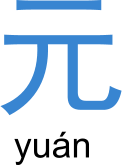 | IdeophonogramsMost of the Chinese characters are ideophonograms, ie composed of two parts, one is the pronunciation and the other the meaning. Note: the syllables (and therefor the sound) of the words is the same, but the tone changes.
|

Different strokes
It is important to understand at first that each Chinese character is composed of a number of distinctive strokes.
Here is the list of 14 different strokes used to write a character :
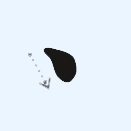
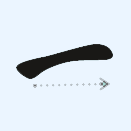
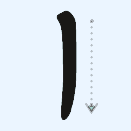
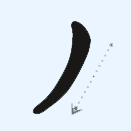
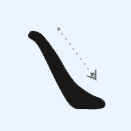

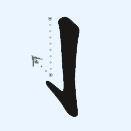
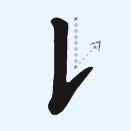
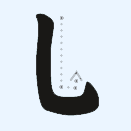
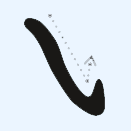
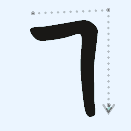
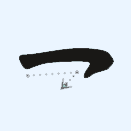

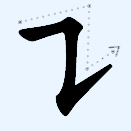
Train yourself to draw these strokes on a paper or by printing the following grid :
Strokes order
The writing order of the strokes of a character is important: the quality of your writing and your calligraphy depends of it. Beside, many handwriting recognition software will only work properly if the stroke order is respected.
There are three main rules to follow for the stroke order:
1. we write from the top to bottom
2. we write from left to right
3. first the outside, then the inside (for "enclosed" characters)
Some examples
Use these examples to practice writing Chinese characters:
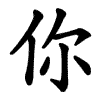

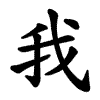

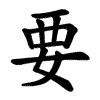

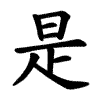

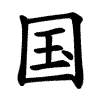


Radicals
There are 214 components that are found in all ideograms. These components are called "radicals" and are a true key to understand the main meaning of the character.
For instance ideograms with the radical 鸟 (niǎo  ) necessarily have to do with birds, like 鸡 (jī
) necessarily have to do with birds, like 鸡 (jī  ) which means "hen" or 鸭 (yā
) which means "hen" or 鸭 (yā  ) which means "duck".
) which means "duck".
You can check a radicals list here.

Basic Chinese Grammar

